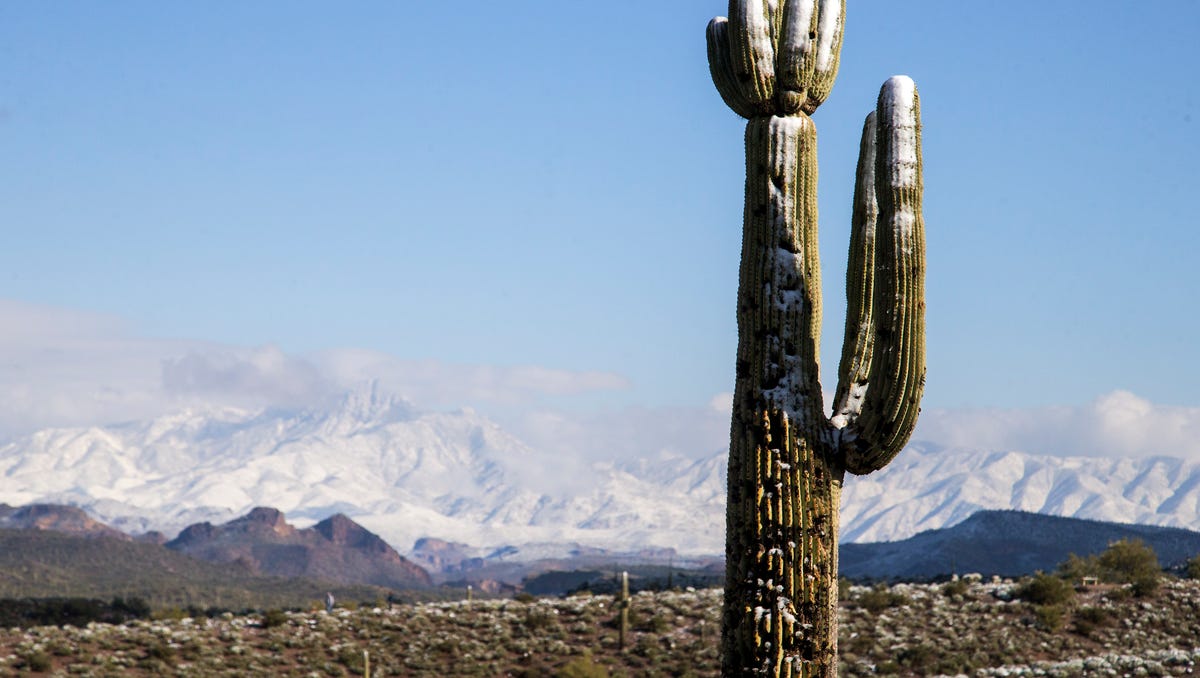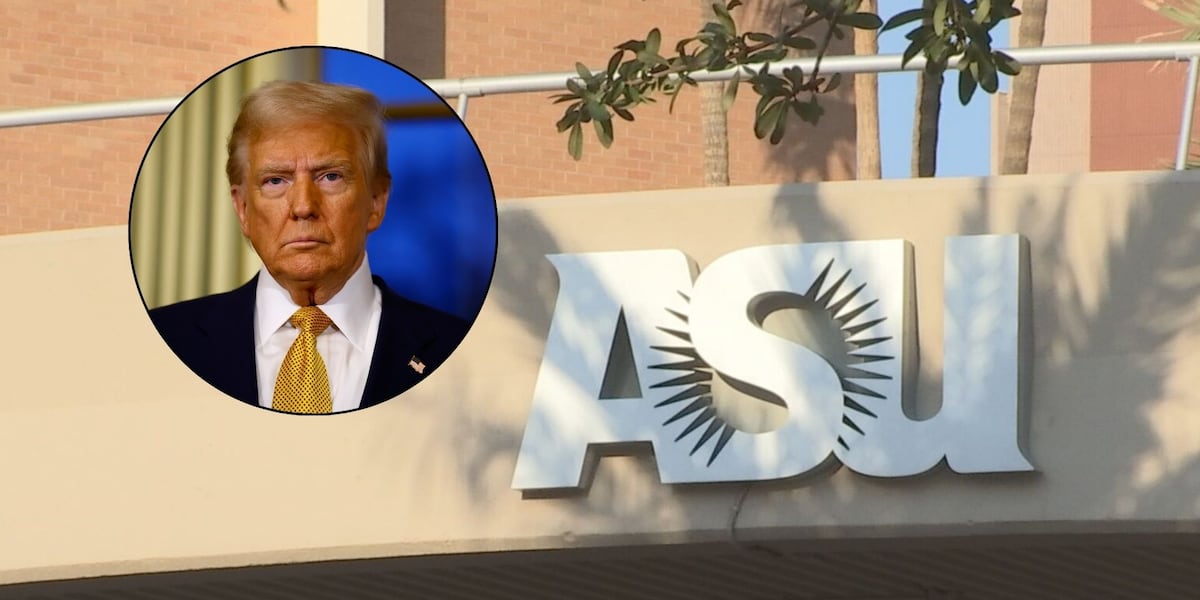PHOENIX — Attorney General Kris Mayes is suing several major companies for producing and selling “forever chemicals” that they knew or should have known are hazardous.
The lawsuit filed Friday in Maricopa County Superior Court says 3M, DuPont and Chemours, the last a spinoff from DuPont, were negligent in the design, manufacturing, marketing and sale of per- and polyfluoroalkyl substances which have been used for decades in everything from nonstick cookware and stain-resistant fabrics to some firefighting foams.
Mayes says 3M began publishing peer-reviewed literature in 1980 showing that humans retain one form of these PFAS in their bodies for years.
And she said DuPont has been studying the potential toxicity of these chemicals since at least the 1960s and knew it was contaminating drinking water drawn from the Ohio River.
People are also reading…
“Yet DuPont did not disclose to the public or government regulators what they knew about the substance’s potential effects on humans, animals, or the environment,” the lawsuit states. And in 2005, the company was fined $16.5 million by the U.S. Environmental Protection Agency for violating legal requirements that it report to the agency substantial risk information about the chemicals they manufacture, process or distribute.
Despite that, Mayes said, the companies continued to make, market and sell their products in Arizona and other states for years — and, in some cases, apparently still do: Forbes reported that 3M promises to discontinue the use of the chemicals by 2025.
And that, she said, harmed the state and its residents.
“It’s had a very detrimental and, in some cases, devastating impact to the state of Arizona,” Mayes told Capitol Media Services on Monday. “We have multiple sites throughout the state where our water has been contaminated by PFAS.”
The state Department of Environmental Quality has detected these compounds in groundwater near Davis-Monthan Air Force Base and in both groundwater and drinking water supplies at several locations across the state, including what DEQ said was one utility around Luke Air Force Base notified of problems in early 2021, the lawsuit says.
“It’s time that these chemical companies like Dow (which has since merged with DuPont) and DuPont (and) 3M are held accountable for that,” Mayes said.
“And we’re going to make them pay for the cleanup of these chemicals,” she continued. “These are cancer-causing agents agents.”
One place Mayes said the chemicals are commonly found in is firefighting foam.
“So the sites tend to be, but not exclusively, are around either airports or places where firefighting foam is used,” she explained. “And, obviously, PFAS have also deeply impacted firefighters throughout the state of Arizona and elsewhere.”
What makes PFAS so dangerous, the lawsuit says, is their chemistry.
They are highly water-soluble, according to the legal papers, which increases the rate at which they spread, contaminating soil, groundwater and surface water. And that is complicated by the fact that they are resistant to breaking down.
Then there’s the argument that these chemicals are readily absorbed in animal and human tissue after oral exposure and accumulate in organs like the kidney and liver as well as “human serum,” the liquid portion of blood. And the lawsuit says they have been found globally in human food supplies, breast milk and umbilical cord blood.
More to the point, they are persistent.
“A short-term exposure can result in a body burden that persists for years and can increase with additional exposures,” the lawsuit says. And that, the state says, is backed by 3M’s own data that it could take a person up to 18 months just to clear half of the chemicals from their body after all exposures had ceased.
“The effects of the contamination are wide-ranging,” the lawsuit says.
“Citizens may be unable to consumer public drinking water, rely on private drinking water wells, use water resources for agriculture and livestock, or engage in water-based recreational activities including fishing and swimming,” according to the state. “Individuals who are exposed to PFAS may face risk of serious health conditions including cancer.”
And then, there is the issue of the decrease in values of contaminated properties.
Strictly speaking, Arizona is not filing suit over the harms that were suffered by individual residents.
Anyone who believes he or she has been injured would have to file separate legal actions. And they do exist.
Last December, for example, a federal appeals court upheld a $40 million verdict against DuPont on behalf of a cancer survivor who claimed his two instances of testicular cancer were due to prolonged exposure to a type of PFAS.
Instead, the lawsuit seeks to require the companies to pay for the state’s cost of investigating, monitoring, testing, removing and disposing of the contaminants in soil and water.
And there already have been costs.
According to the legal papers, DEQ is helping fire departments statewide to remove, dispose of and replace their film-forming foams with those that do not contain PFAS. To date, it says, the state had paid to replace 6,200 gallons of the PFAS-containing foams with 4,010 gallons of PFAS-free foam.
There was no immediate response Monday from the companies.
Howard Fischer is a veteran journalist who has been reporting since 1970 and covering state politics and the Legislature since 1982. Follow him on Twitter at @azcapmedia or email azcapmedia@gmail.com.









































